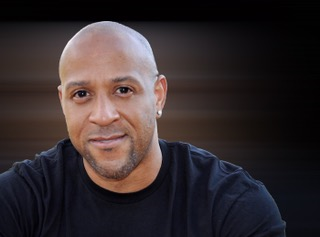In previous blogs we have discussed our belief in Long Term Athletic Development, with this belief in mind we look to develop athleticism in stages. This approach allows us to move away from early specialization and put our young athletes in the best position for success. Instead we look to help young athletes’ athleticism in stages which include initiation and formation before introducing specialization for skill development in sport once athletes develop in training and age.
As we look at the landscape of youth fitness and athleticism, the overall trend can sometimes feel troublesome. Childhood obesity is on the rise and, with various technological advances and lower presence of physical activity, it seems we are amid a health crisis. As we explore training youth, we want our programming to be viewed as a long-term solution to prepare them to develop and place them in the best environment to be successful.
Laying a foundation for effective early childhood training focusing on long term development as opposed to over-specialization can give young athletes a solid base to develop elite performance skills later in their athletic lives. Skill development begins early in life and begins to become more noticeable around the age of 6-10 years. In these early stages, coordination becomes a factor in skill development. A well-coordinated young athlete will have the capability to acquire skills quickly and perform movements more smoothly.
Coordination is a key skill needed to bring the attributes of speed, strength, and agility together. The opportune time to train coordination is the early stages, when athletes are eager to learn new skills quickly. Here we have included a few traditional options to add to any young athlete’s program to help enhance and develop a solid athletic base.
Jumping Rope

It doesn’t get more old-school than grabbing a jump rope and going for it. Since there aren’t many exercises that specifically target shins, ankles, and feet, jumping rope is a great exercise to help fortify these muscles and tendons and contribute to injury prevention as the athlete advances in development. As far as athletic benefits go, jumping rope improves coordination of the limbs, stamina, and mental focus.
Crawling

Crawling helps coordinate the shoulders and hips to move seamlessly together. It is also a cross body movement, meaning the left and right sides of the body need to be in sync to produce movement. Another amazing benefit of crawls is that they develop dynamic core strength and can be a great exercise for preparing young athletes for more complex movements as they graduate to later stages of their program.
Cartwheel

The cartwheel is an underrated exercise found on playgrounds across the country. Besides impressing your friends, the cartwheel has major benefits like strengthening the shoulders, arms, and wrists. Also due to the inverted nature of the exercise, it helps increase circulation to the upper body while stretching the diaphragm.
When creating programs to help young athletes carve out a solid foundation for fitness development, we want to include exercises that enhance the athletic engine. Then at later stages of development, our athletes are better prepared to advance to more complex movements. When choosing movements try to add in a couple that have stood the test of time.




